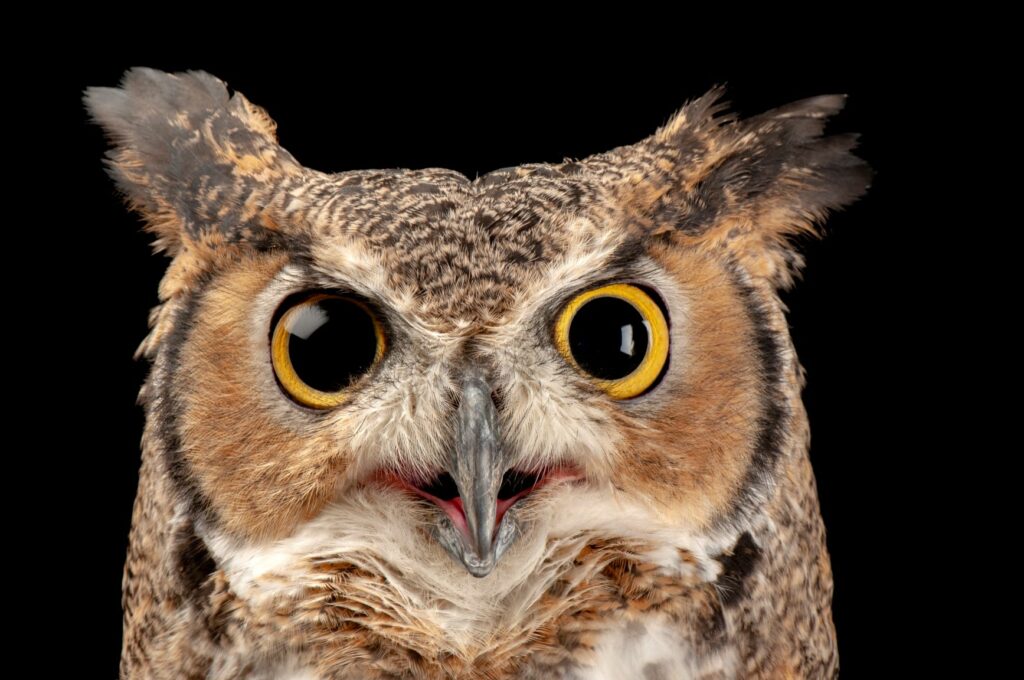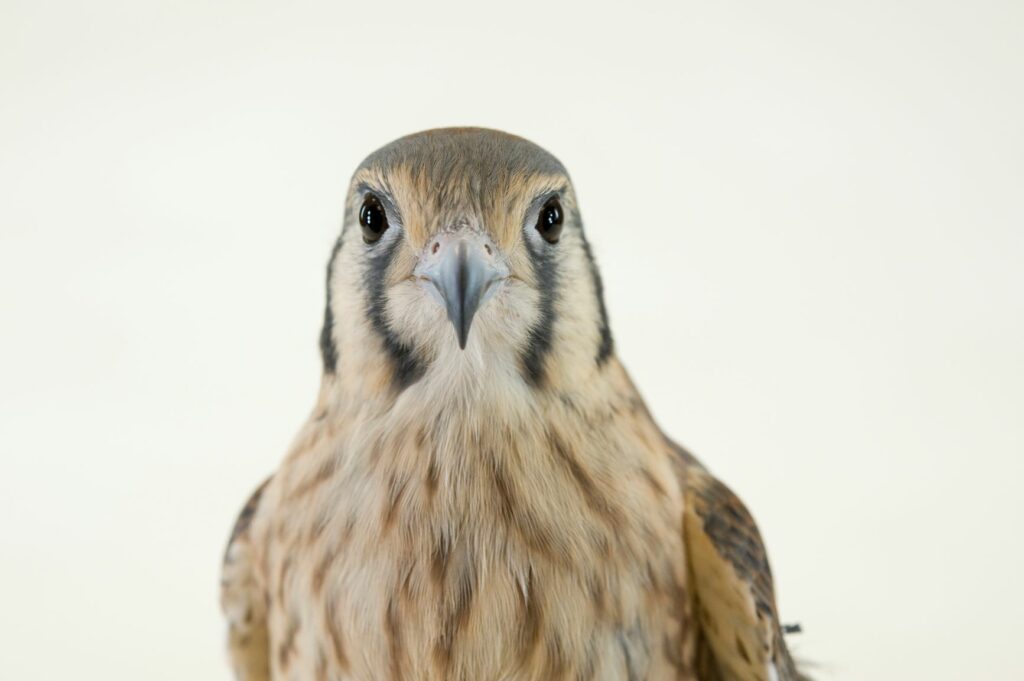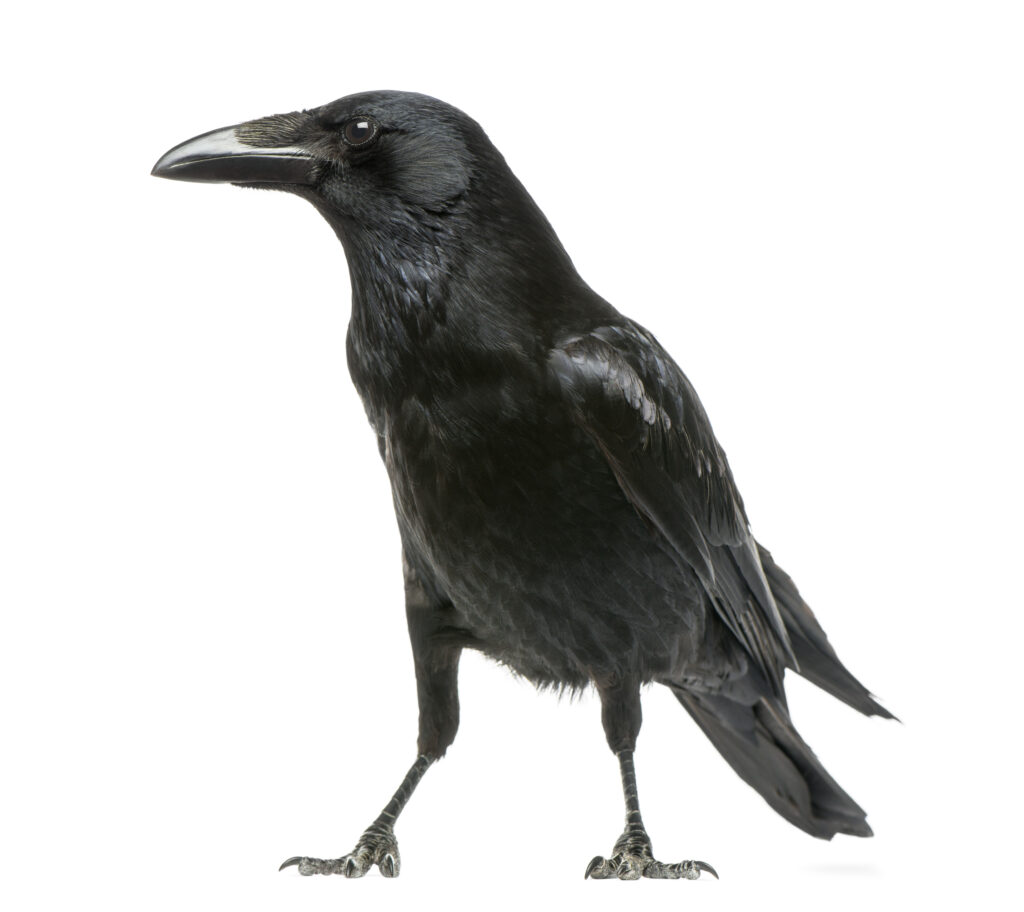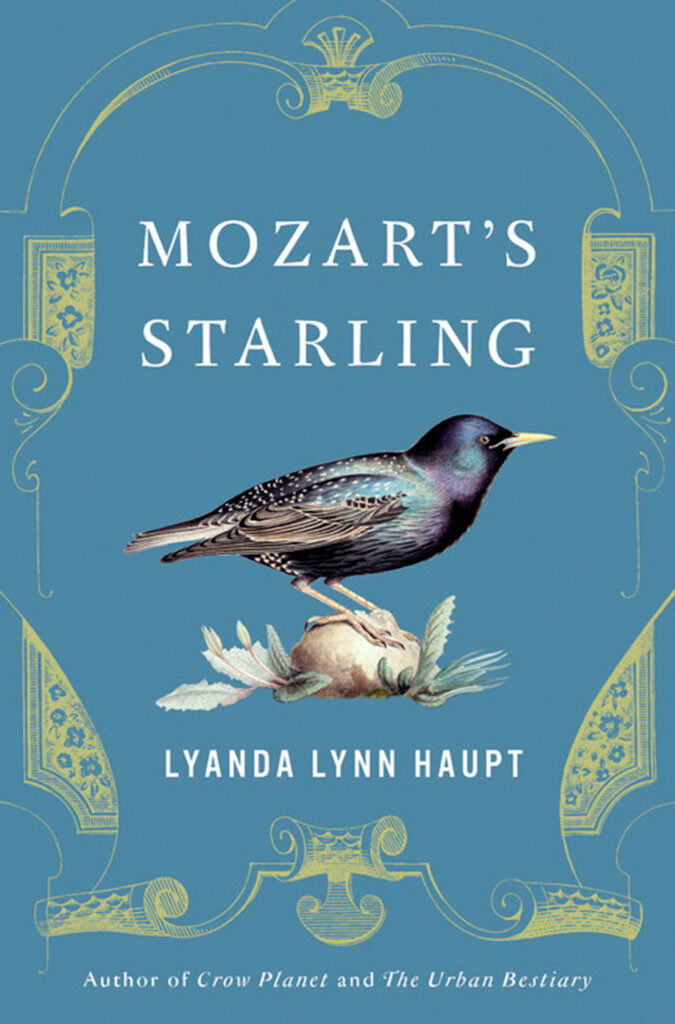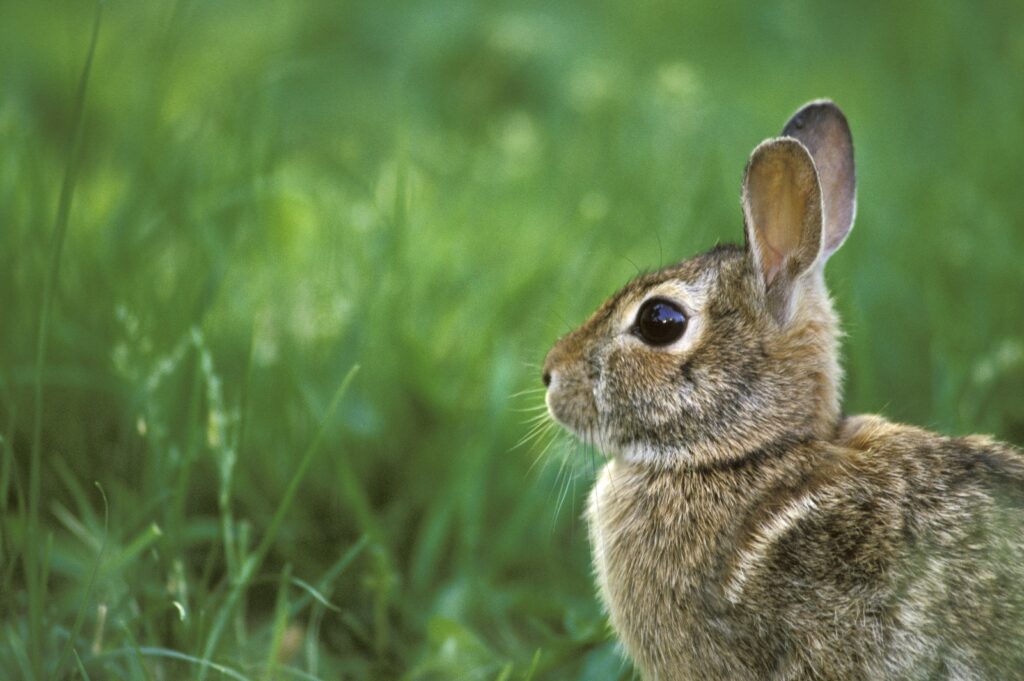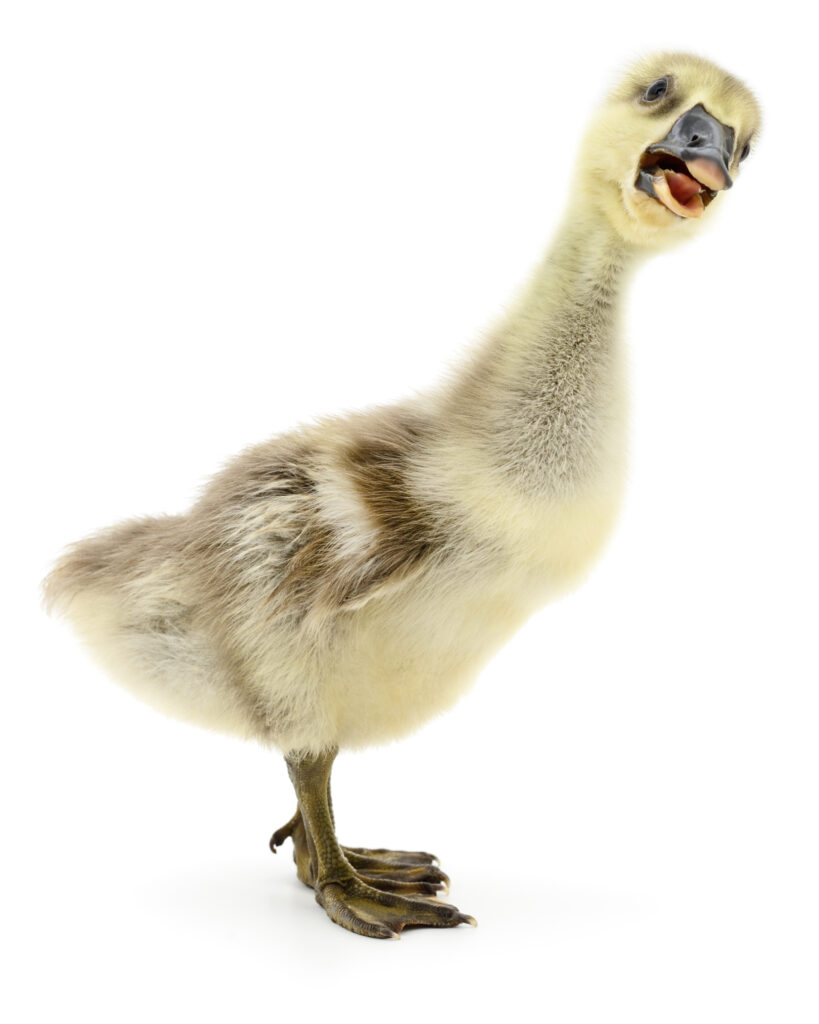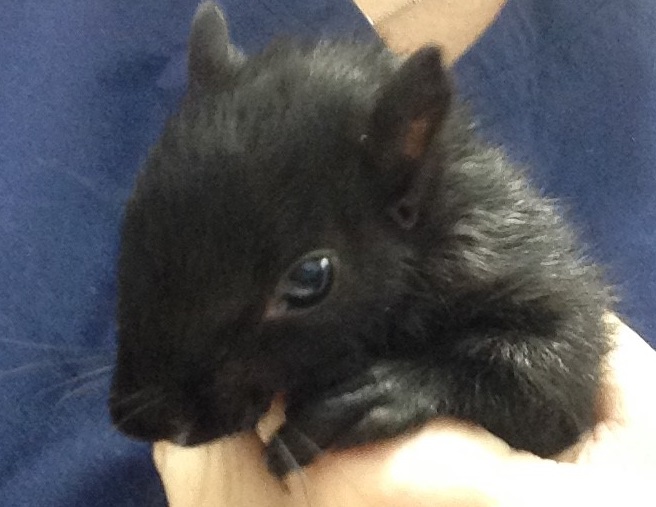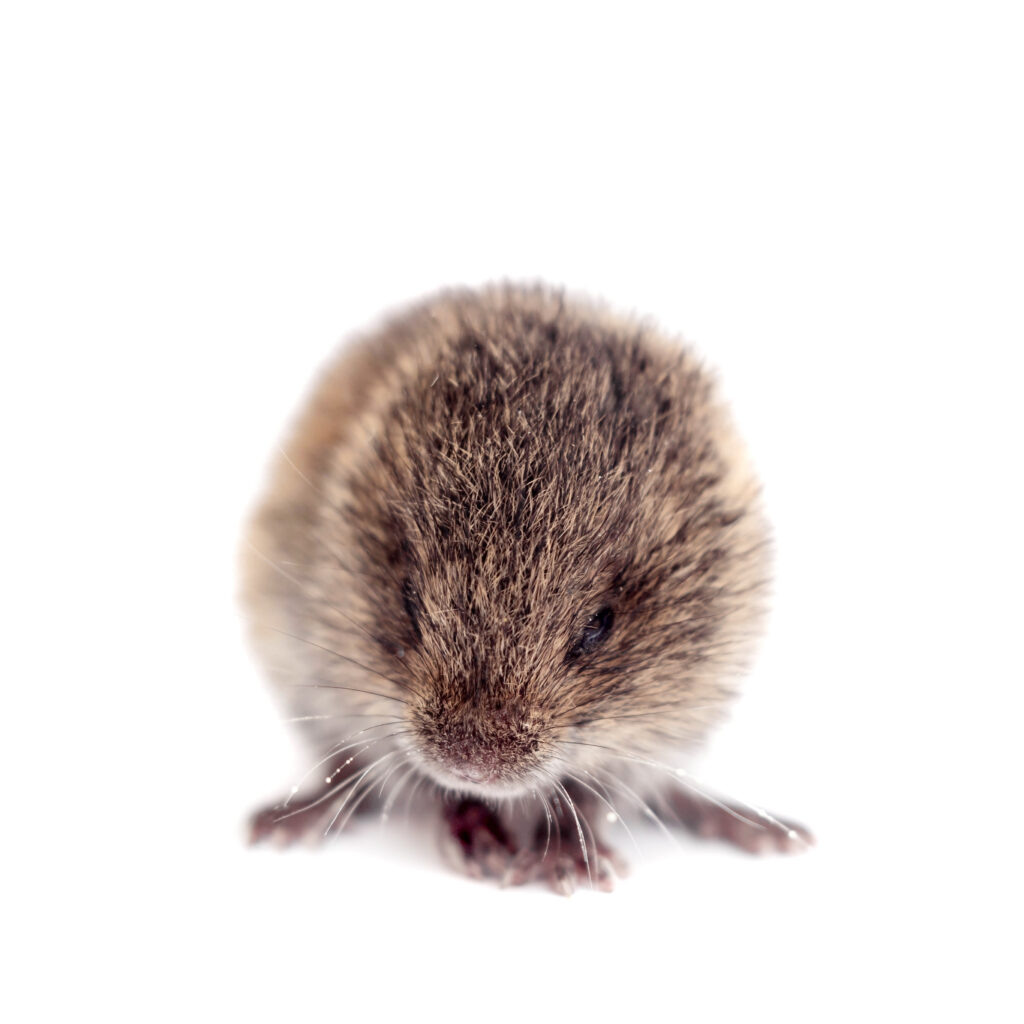
It was a beautiful evening, and my huzzbind Jeff and I went for a short walk in Tommy Thompson Park. On our way back to the car, we noticed up ahead that a bunch of people had stopped and were looking at something… it seemed like maybe an animal. I turned to Jeff and said whatever it is, I just hope they leave it alone. As we got to where they had been, a tiny, tiny little creature was at the edge of the path. A woman was gently trying to encourage it to go back into the weeds rather than be exposed. Apparently it had gone back in to the grasses and wildflowers, but was coming back out again.
The woman thought it was a mouse or a mole, but when I saw it I knew right away that it wasn’t either. But I didn’t know what it was! It was dark brown, very round, and very very very tiny. About the size of a cotton ball, with a short tail, almost invisible legs, and small ears. It was not very afraid of humans (not a good thing) and I was able to easily pick it up gently. I carried it about 5 feet into the weeds and gently set it down in a place that was away from the path and well-hidden. It was a tiny furry velour-like ball of life and I had hoped I had helped to protect it from humans.
When I got home I looked it up – a meadow vole! I would never have thought of that. But I learned that it is one of the most common mammals in North America. Apparently meadow voles are most active at dawn and dusk. We were there just before dusk, to walk in the cooler air.
And I wanted to kicked myself. I realized that I should have taken a little more time watching to find out where it was trying to go. If it was following its mama across that path, it will continue to go in that direction – and I just made it more difficult for the little one. In that case, it would have been better to carry it across the path and place it in the tall grasses and wildflowers on the other side.
Next time I will pay better attention to where any creature I am trying to help is actually trying to go – to truly help it to be safe, and not set it back, making it even less safe. Especially because he is not only vulnerable to humans but is a likely dinner for the owls, hawks, snakes, mink, and other creatures in the park. An important part of the ecosystem. But I hope that little baby vole is ok.

